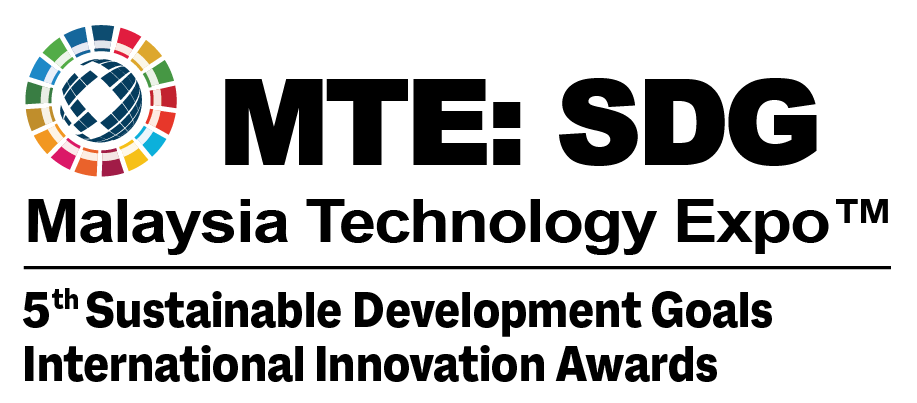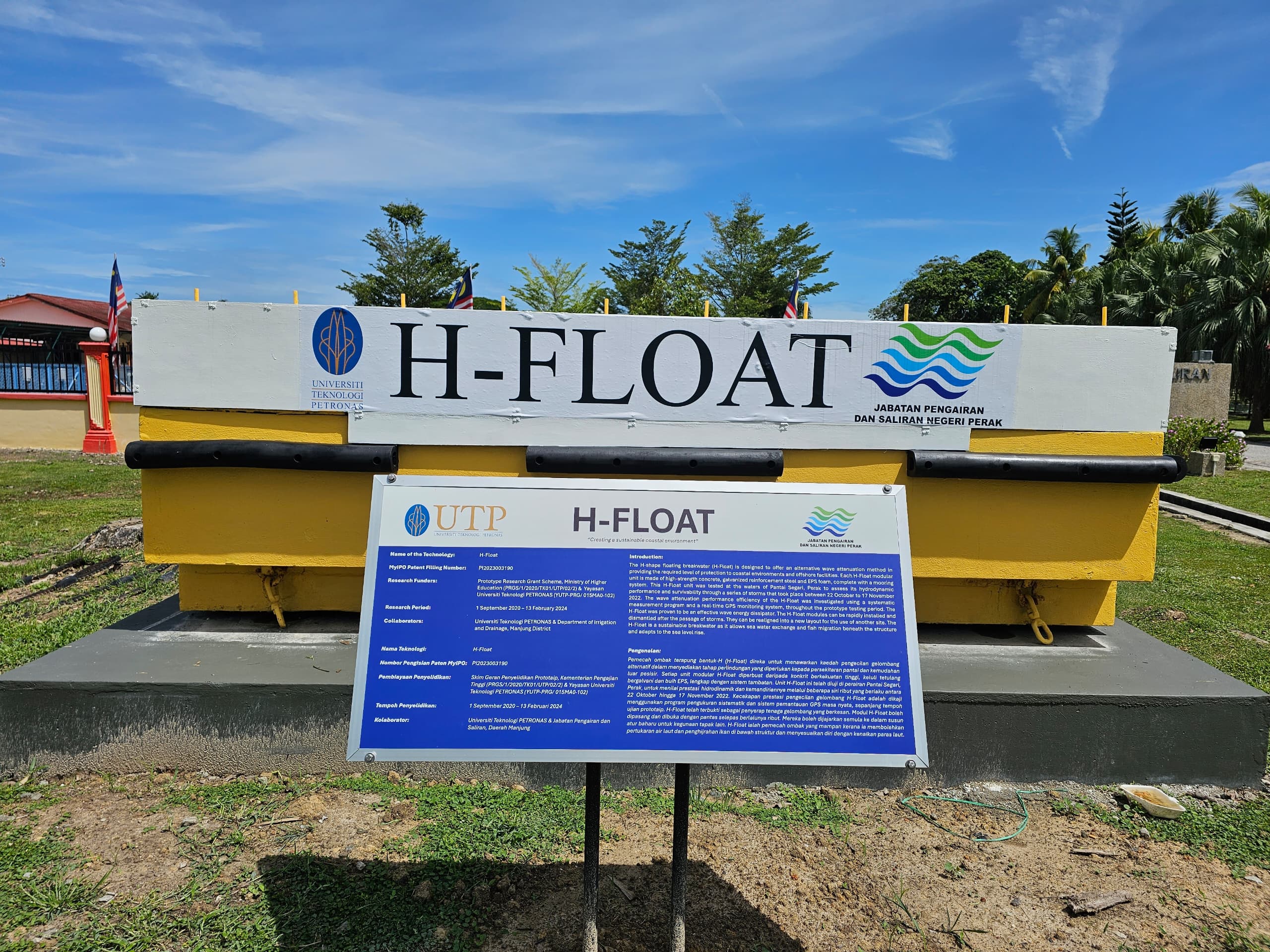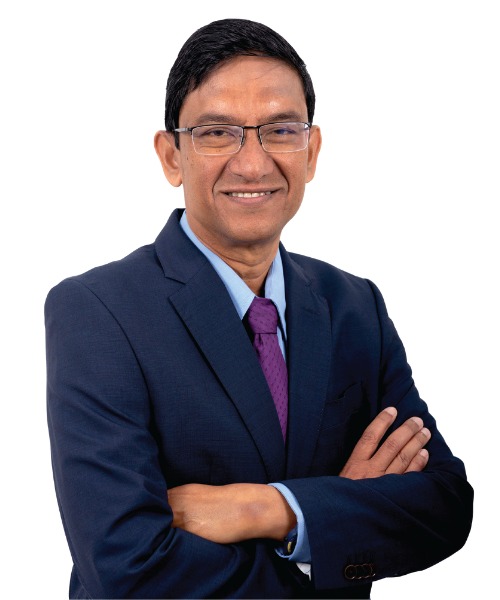H-Float: Adaptive Wave Defense for Coastal Sustainability
1. Can you explain how your innovation aligns with the Sustainable Development Goals (SDGs)?
The H-Float innovation, a floating breakwater system, aligns with several Sustainable Development Goals (SDGs) through its contributions to environmental, economic, and social sustainability:
- SDG 7: Affordable and Clean Energy – The system has potential applications in renewable energy integration, such as wave energy harvesting. It offers sustainable protection for offshore renewable energy installations, like floating solar farms or wave energy converters.
- SDG 9: Industry, Innovation, and Infrastructure – H-Float represents a technological innovation in coastal protection, improving efficiency and scalability compared to traditional solutions. Its modularity supports cost-effective infrastructure development for emerging coastal economies.
- SDG 11: Sustainable Cities and Communities – By protecting coastal infrastructure and communities from erosion. It promotes sustainable coastal planning, reducing the need for traditional breakwaters that disrupt ecosystems.
- SDG 12: Responsible Consumption and Production – The H-Float system can use materials that can be recycled and sustainably sourced, promoting circular economy principles. It reduces waste generation compared to conventional concrete-based coastal defenses
- SDG 13: Climate Action – By mitigating the impact of sea level rise, the H-Float system helps communities adapt to climate change. It reduces reliance on energy-intensive, land-based construction materials, supporting efforts to combat climate change.
- SDG 14: Life Below Water – The H-Float is designed to minimize ecological disruption, preserving marine habitats. It allows seawater exchange and fish migration beneath the structure, fostering biodiversity in areas where marine ecosystems are degraded.
- SDG 15: Life on Land – By mitigating coastal erosion, it prevents the encroachment of seawater into terrestrial ecosystems, protecting mangroves, beaches, and agricultural land.
- SDG 17: Partnerships for the Goals– The innovation fosters collaborations among academia, industry, and coastal communities, creating inclusive partnerships for sustainable development. The H-Float embodies a nexus approach to sustainability, addressing key environmental challenges while enhancing coastal resilience and promoting socio-economic benefits.
2. What were the most rewarding aspects of developing your innovation?
Developing the H-Float innovation has been a transformative journey with several rewarding aspects, both personally and professionally. Here are the most fulfilling elements:
- Contributing to Coastal Resilience
- The H-Float system protects vulnerable coast from erosion, enhancing the safety and livelihoods of the coastal communities.
- Addressing Global Challenges
- Developing a solution that aligns with global priorities, such as climate change adaptation and marine ecosystem preservation, is immensely rewarding. It feels meaningful to contribute directly to pressing sustainability goals.
- Interdisciplinary Collaboration
- The journey involved collaboration with various local authorities and local communities, enriching the process with diverse perspectives. These partnerships strengthened the innovation and expanded its potential applications.
- Winning Recognition and Awards
- The H-Float has received the Outstanding Award and Gold Award in the SDG Malaysian Technology Expo 2024. These achievements boost confidence in the innovation and inspire continued research and development.
- Creating Opportunities for Future Research
- The modularity and scalability of the H-Float have opened pathways for further innovations in renewable energy integration, marine conservation, and coastal infrastructure. This aligns with my long-term research goals.
- Mentoring Students and Researchers
- Involving postgraduate students and research officers in the development process has been rewarding, as it nurtures the next generation of innovators and expands the reach of my work. Ultimately, the H-Float represents a legacy of purposeful engineering that balances technical ingenuity with social and environmental stewardship.
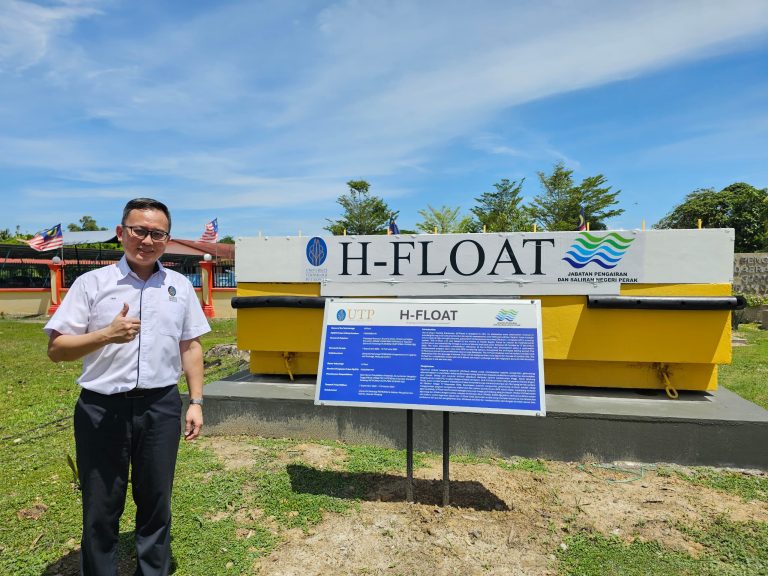
3. How have partnerships or collaborations helped you overcome challenges in your innovation journey?
Partnerships and collaborations have been integral to overcoming challenges in developing the H-Float innovation, providing access to resources, expertise, and opportunities that were critical to its success.
- Access to Multidisciplinary Expertise
- Collaborations with marine biologists, oceanographers, and environmental scientists enriched the design process by ensuring the H-Float was both technically effective and ecologically sensitive.
- Partnerships with civil engineers helped refine the modular design, ensuring structural integrity and scalability.
- Support from Industry Partners
- Collaborating with industry players provided access to advanced materials, manufacturing technologies, and real-world testing environments.
- Industry support also enabled pilot testing under varied conditions, addressing challenges in performance evaluation.
- Community Engagement for Real-World Insights
- Working with coastal communities offered invaluable insights into site-specific challenges such as local hydrodynamic conditions, environmental concerns, and socio-economic needs.
- Engaging these stakeholders ensured that the system met their practical requirements and fostered ownership and support for the project.
4. What were the main challenges you encountered when trying to make your innovation sustainable?
Resource Limitations: Securing consistent funding, materials, and skilled manpower to support ongoing development and deployment.
Community Engagement: Overcoming resistance to change and fostering local ownership to ensure long-term maintenance and impact.
Scalability and Adaptation: Addressing the technical and environmental constraints when adapting the innovation to different contexts or larger scales.
5. What measurable impact has your innovation had so far?
Environmental Protection: Reduced coastal erosion and enhanced marine ecosystem stability through the implementation of sustainable solutions.
Academic Contributions: Published papers advancing knowledge in coastal engineering and renewable energy.
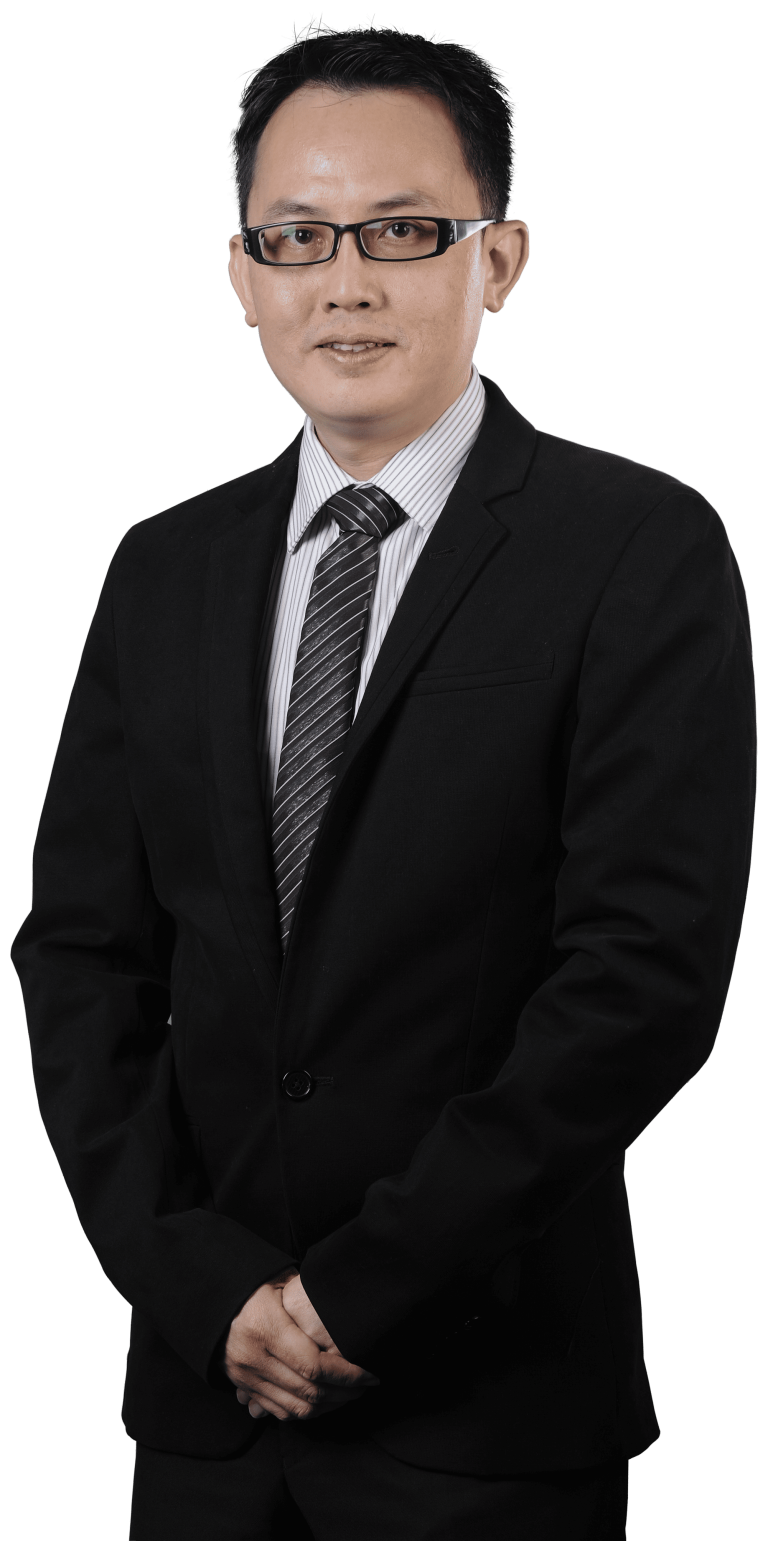
Ts. Dr. Teh Hee Min
6. How do you plan to use this award recognition to further your innovation’s journey?
I plan to leverage this award recognition to secure additional funding, foster new collaborations with industry and academic partners, and amplify awareness of my innovation’s impact to drive its broader implementation and sustainability.
7. What is the next step for you and your team after receiving this award?
The next step for my team and me is to scale up the innovation by refining its design, expanding its implementation to new sites, strengthening community partnerships, and pursuing additional research and development to enhance its impact and sustainability.
8. What role did mentorship or networking play in shaping your innovation project?
Mentorship provided valuable guidance, technical expertise, and strategic insights that helped refine the innovation’s concept and execution. Networking facilitated critical connections with industry leaders, academic collaborators, and funding organizations, enabling access to resources, partnerships, and platforms to showcase and implement the innovation effectively.
9. How do you stay informed about the latest trends or developments in sustainability?
Academic Engagement: Regularly reviewing scholarly articles, attending conferences, and participating in workshops related to sustainability.
Professional Networks: Collaborating with experts, industry partners, and research groups to exchange knowledge and stay updated on emerging innovations.
Digital Resources: Following reputable sustainability platforms, journals, and organizations online for the latest news and insights.
10. What legacy do you hope your innovation will leave behind in terms of sustainability?
I hope the legacy of the H-Float innovation will be one of transforming coastal protection through sustainable and adaptable solutions. By offering a scalable and eco-friendly approach to mitigating coastal erosion and protecting marine ecosystems, the H-Float aims to empower communities to take charge of their coastal environments. It also sets a precedent for integrating renewable energy with environmental protection, inspiring future innovations that prioritize both ecological preservation and community resilience. Through its enduring impact, H-Float aspires to create a lasting model for sustainable coastal management and environmental stewardship.
Innovators:
Ts. Dr. Teh Hee Min
Team Members:
Ir Dr Mohd Mubarak Abdul Wahab
Prof Dr Nasir Shafiq
Ir. Mohd. Shamimi bin Mohd. Tahir
Mohammad Rozdhi Bin Abdullah
Eric Joseph Pereira
Organisation Name: Universiti Teknologi PETRONAS
Email: heemin.teh@utp.edu.my
